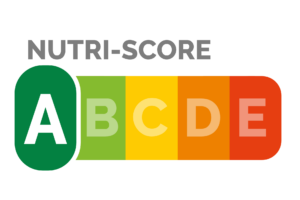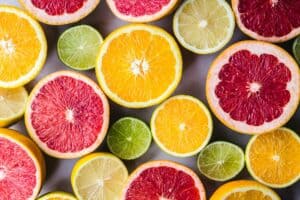Which E-number does sugar have?
Columns • Why is sugar natural but not steviol glycosides? Both are extracted from plants in about the same way.
Steviol glycosides, which are extracted from the stevia plant, has an E-number. But regular sugar, which is extracted in much the similar way does not. Is this a problem?
A common argument to avoid sweeteners is that they are “unnatural”. But steviol glycosides are just as natural, or indeed as unnatural, as regular sugar. Yet steviol glycosides are consigned to the mire of E-numbers. Sugar isn’t.
Lack of understanding
Of course habit plays a role. What we have eaten since we were little doesn’t feel as scary as something “new”. Actually it doesn’t really matter what that “new” is, the old still feels safer to eat. And when red flags are raised for regular sugar many decide to exclude everything sweet from their diet – among this also steviol glycosides, despite the fact that they don’t have any calories.
Those who choose sugar because it’s “natural” but reject steviol glycosides because they’re “chemical” do not understand the matter. They could use a quick lesson in how both substances are extracted, from sugar cane or sugar beets, and from stevia leaves respectively.
This is how sugar is extracted
Let’s start with sugar, extracted from sugar beets or sugar cane.
First, the beets or sugar canes are chopped or crushed before they are boiled. The infusion is called raw juice and contains sucrose but also plant pigments, gelatinous substances and other polyphenols. Much of this floats to the surface or sinks to the bottom when milk of lime and carbon dioxide is added.
The raw juice is filtered to become thin juice which contains about 16% sucrose. The remaining product is thick juice, which has a sugar content of more than 70%.
To further evaporate any water content from the thick juice it is heated several times. During this process a little sugar is added which aids the forming of sugar crystals. The result is a thick mass consisting of sugar crystals and brown syrup with is separated by a centrifuge. What remains is sugar crystals which are dried, cooled and packaged.
I’m not saying sugar isn’t natural, but I think that this process is worth remembering when we cover how steviol glycosides are extracted.
This is how steviol glycosides are extracted
Like sugar, steviol glycosides are also extracted from a plant – stevia.
The plant is dried and the leaves are separated from the stems. These are then soaked in hot water. The infusion contains steviol glycosides, but also plant pigment, gelatinous substances, oil, wax, proteins as well as tannic acid and other polyphenols which are separated through different filters.
The purified infusion is poured through a porous material which catches the steviol glycosides but lets the water through. To remove the steviol glycosides from the porous material it is rinsed with pure alcohol.
The alcohol is removed in a membrane filter and through distillation. What remains is a sweet syrup from which most of the remaining fluid is squeezed out before the leftovers are dried to become steviol glycoside crystals.
The crystals are then dissolved in alcohol again and the process is repeated until you get the desired purity before they are dried and packaged.
Which E-number would sugar get today?
I’m sorry to get so technical, and I promise not to test you on all the details. I just wanted to point out the similarities.
The extraction processes are similar to each other, but only one of the products is considered natural. The other must be labelled with an E-number.
But what would happen if sugar had to go through the approval process that new food substances are subjected to today? Which E-number would it get then?
Please, share this article if you liked it.
[et_social_share]




